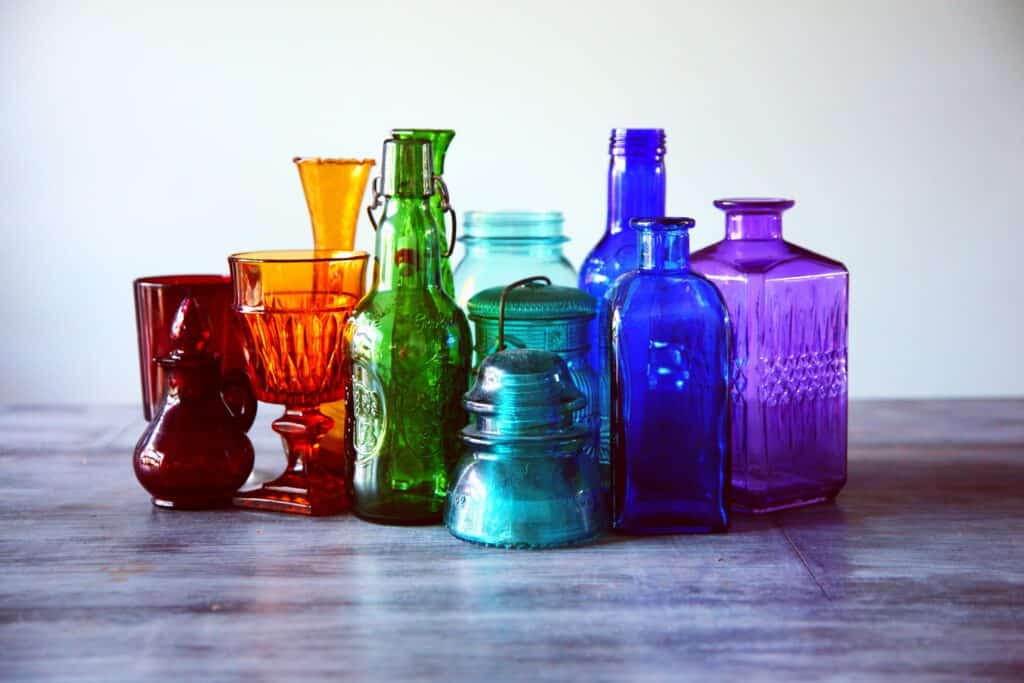Glass is beautiful, from amazing sculptures and vases to window displays! As a beautiful thing, you likely want to be able to capture it in-camera. However, the difficulty for glass is its reflective nature – often causing unsightly reflections and glares to take place and ruin your photograph. At this point, it seems near impossible to photograph glass without a reflection.
Lucky for you, that’s not true!
Tips for Photographing Glass Without a Pesky Reflection
Here are eight tips and tricks to aid in your glass photography endeavors!
1. Use a Polarizing Filter
A good first place to start is investing in a polarizing filter. Polarizing filters are thin glass panes attached to the front of your lens. Polarizing filters reduce glare from reflected surfaces. They work by being made of specially adapted glass that will reduce glare when turned at an angle to a light source.
2. Use a Lens Hood
Did you know that the answer may be as simple as using the lens hood that came with your lens? Lens hoods are attachments that screw onto the front of your lens shade to block light sources to prevent glare, lens flare, and even reflections. Lens flares and glares happen because the light improperly hits the edge of the lens glass, causing a phenomenon of light to cross the entire image.
You can block out many of the reflections and prevent them from happening If you can press your camera and lens up close to the glass object or window you are shooting through.
3. Angles, Angles, Angles
Although it may require you to adjust your composition or shooting concept, trying different angles can help minimize or reduce reflections! Reposition yourself a few inches to the left, right, up, or down and see how the reflection changes (or completely vanishes).
Sometimes even shooting with a longer lens, like a telephoto lens, and placing yourself far away can minimize reflections. It’s surely worth a shot! Plus, the optic compression from longer lenses does wonders for object proportion (assuming you are capturing a glass object).
4. Cover All Light Sources Not In Use
This may be common sense, but is easily forgotten! Cover all ambient light sources that are not conducive to shooting the glass subject. This prevents any glare from coming about.
You can turn the light sources off or drape black fabric over them.
5. Wear Black Clothes and Gloves
By wearing black clothes and/or black gloves, you can minimize your own reflection by simply becoming a part of the background!
6. Position Your Light Source 45 Degrees To One Side Or Above Your Subject
Lighting is very important in photography and can be the crux of any photographer attempting to capture glass without reflections. The secret? Angles!
Position your light source 45 degrees to one side or above your subject to help avoid any reflections from the light on the glass. Don’t stand under your light source when positioning yourself because this will help minimize your reflection in the glass. You should never light it from the same angle as the camera; otherwise, you will only get light bouncing straight back at you!
However, ensure a good distance between the glass object and your light! If the light comes from 45 degrees from the right, it will reflect back 45 to the left. It will reflect straight back at the camera if it’s directly over the glass. You want your lights far enough to the sides that you cannot see that reflection.
7. Blackboard Peep Hole
If you are crafty and the above suggestions aren’t working, you can also make a peephole for your lens to shoot through. Fashion a blackboard with a hole in it for your lens, then stick the lens through and take your photos. The reflection will then be of a black surface with a small, dark round hole, which may not show up or can be edited more easily in post-processing.
8. Post Processing
When push comes to shove, you can always use editing programs to remove the reflection (as if it was never there)! Adobe products such as Photoshop and Lightroom have a tool known as a Clone Stamp tool, which allows you to paint over an area in your image that you would like to remove. You can draw this over the reflection zone, and the program can remove it. This isn’t foolproof, of course, so you’ll have to play around with the tool to find the best way to utilize it for your specific image.
In conclusion, the above tips are several ways to help alleviate or entirely remove reflections from your glass photography!

